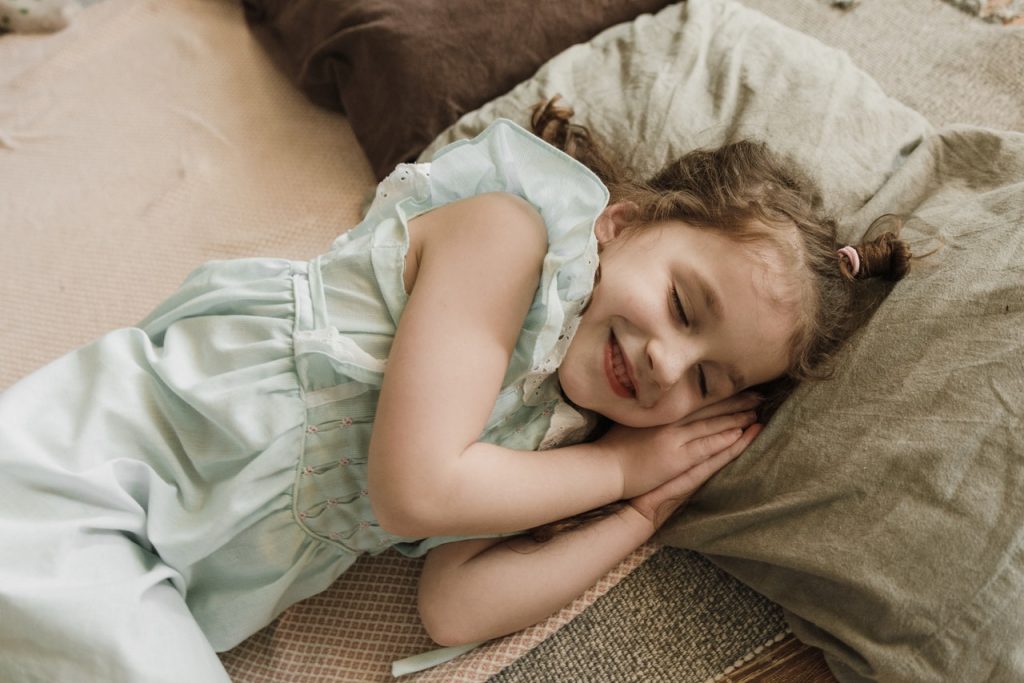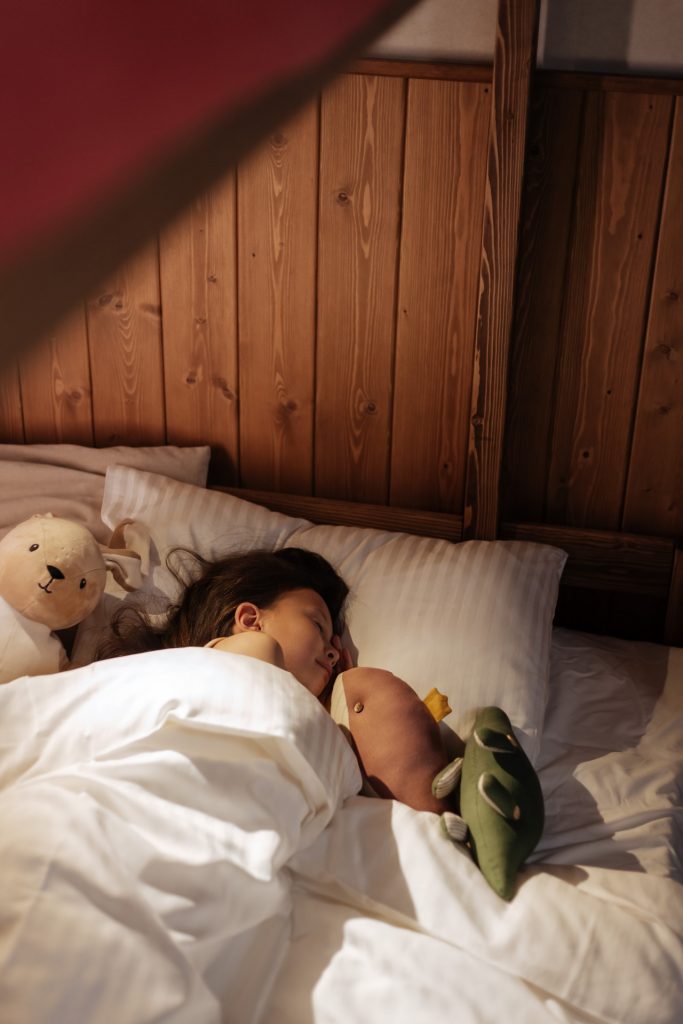
We all want children to be safe and healthy. We can choose what they eat and how active they are, but we can never fully comprehend how our children sleep. Sleep trackers for adults have been popular for years, but can you use them on children? Is there a safe and healthy way to track your child’s sleep?
The article discusses how tracking a child’s sleep can help improve their overall wellbeing. In addition, it provides tips on monitoring a child’s sleep and what to look out for to determine if they have a sleep disorder.
What can you track sleep with?
Wearables are a type of device that collects data about your vital signs. The most popular watches are Apple Watch or Garmin and Oura Ring. They measure exact health data such as heart rate during the day and at night. They are designed to detect when you fall asleep and wake up based on collected data. You can find out more about your circadian rhythm and sleep patterns -you can learn how long is your deep sleep and find your optimal sleep duration.
You can achieve your most quality sleep by knowing your body and finding any potential sleep problems. Make sure that you consult any of your concerns with a specialist.
Summer Sleep Routine for Children
Can you track your child’s sleep with a wearable?
Fortunately, this technology can also help parents in their efforts to help their children develop better sleep habits. Wearable tech isn’t only helpful in keeping track of how much sleep your kids are getting; parents may also use it to examine the quality of their children’s sleep, what are their sleep cycles. In addition, it can help track children’s physical activity during the day, for how long they play or do sports.

How to choose the tracker for your child?
There are many products available on the market, and most of them can be used on children. It’s also essential that the device is something that your child wants to wear, that it’s a nice color, and it doesn’t disrupt their daily activities. But beware of screens emitting blue light that may negatively affect your children’s sleep quality.
There are also sleep trackers that aren’t wearables if you want to keep track of the sleep only. Sometimes they have other features like an alarm clock or emitting soft light to wake up gently in the morning.
List of sleep trackers by category
Here’s a list of trackers that don’t emit blue light:
- Amazon Halo (wearable)
- Oura Ring (wearable)
- ResMed Personal Sleep Tracker
- Withings Aura
- SleepIQ for Kids
- Beddit Sleep Monitor
- Beautyrest Sleeptracker Monitor
Here’s a list of wearables dedicated to children:
- LeapFrog LeapBand
- X-Doria KidFit
- Garmin Vivofit Jr.
- Fitbit Ace Activity Tracker for Kids
Why is it good to track your child’s sleep?
First and foremost, why do people track sleep? They do it to adjust their habits to reach the best quality sleep. Tracking your children’s sleep helps keep the nighttime regime and implement new habits or change the time of the old ones. For example, if your child’s bedtime is 8, they keep you reading more stories. In the end, they fall asleep at 9 with no repercussions to their health. Maybe it’s worth changing the nighttime routine.
Sleep is an essential component in child’s growth and keeps them as energetic and curious as they should be. Sleep is crucial for the development of children’s brains. In addition to having an immediate impact on happiness, studies reveal that sleep indirectly influences attention and alertness, cognitive performance, mood, resilience, vocabulary acquisition, and learning and memory.
Sleep also has significant consequences on growth, especially in the early months. Toddlers appear to require napping for memory consolidation, cognitive attention, and motor skill development. If you can observe your child having a problem keeping attention in school or having mood swings, maybe sleep is the key to their wellbeing.
Sleep Hygiene Tips for Kids
Daytime habits also influence sleep. Following simple sleep hygiene principles, such as avoiding caffeinated beverages and stimulating activities before bedtime, can help your children achieve sounder slumber:
- Keeping a balanced schedule with time for rest and play
- Keeping a regular bedtime
- Establishing screen curfew
- Maintaining a healthy and balanced diet
- Setting the cooler temperature in the bedroom
- Using curtains to block out light or a nightlight if they’re scared of the dark
- Soundproof the bedroom
- Avoiding large meals and sugary snacks before bedtime
- It’s critical to keep your child active, but don’t fall into the trap of pushing them so they will sleep better at night.

Conclusion
How to know if your child has a sleep disorder? How can you track their sleep habits and improve their overall wellbeing? How does technology help with this process? These are all questions answered in our blog post. We’ll also provide some tips on using the information we’ve provided to make changes for a better quality of life for both children and parents alike.
It’s worth noting that adopting healthy sleeping practices is essential, not only because it helps maintain cognitive abilities during waking hours but also because it promotes emotional stability, which leads to healthier relationships with peers and adults.
